XPPen Celebrates 20 Years: Engaging with China's Leading Gemology Institution to Explore the Futuristic Jewelry Design
Design creation will never be replaced by technology. However, the development and innovation of technological tools can enable this value to transcend time, ensuring its ongoing legacy.
The design and creation of jewelry is a meticulous and intricate process that blends the emotions and imaginations of artists. From design planning and conceptual sketches to craftsmanship and sample modeling, each stage showcases the artisan spirit shaped by time.
In celebration of its 20th anniversary, XPPen launched a series of events themed “Back to Future, Create Now”, inviting distinguished guests from the School of Gemology at China University of Geosciences, Beijing (CUGb) — including Associate Professor Ping Shao (Art & Design) , Associate Department Chair Xingqian Dong (Art & Technology), students Tianyu Shao and Jinmei Wang, as well as Yu Zhang, founder of Yu Art Jewelry — for a thought-provoking discussion on futurism in jewelry design. Together, they explore how technological and humanistic convergence is reshaping creative expression in jewelry art.
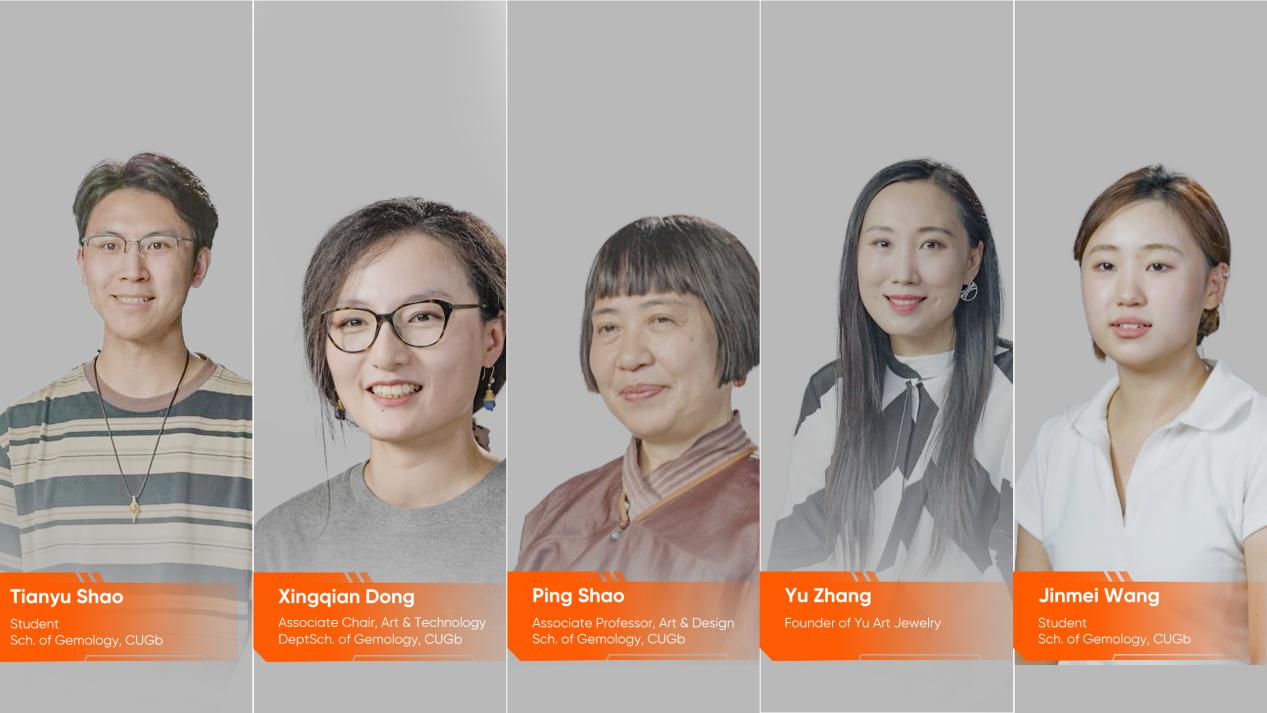
XPPen: Our brand mission is to "Bring Artist the Surprise of Realizing the Dream of Digital Art." As a young creator, what are your expectations for your future?
Tianyu Shao: Being a jewelry designer is a wonderful experience. I am currently preparing to launch my independent designer brand. Although I face challenges along the way, I believe this passion will be the light guiding my path forward.
Jinmei Wang: In choosing jewelry design, I gradually realize that I am not just selecting a profession but a language—narrating with metals, expressing emotions with gems, and conveying my views through miniature structures. I lean toward creating more personalized designs or pieces that truly express my emotions. I strive to refine my craftsmanship and traditional techniques, such as meticulous work or jade carving.
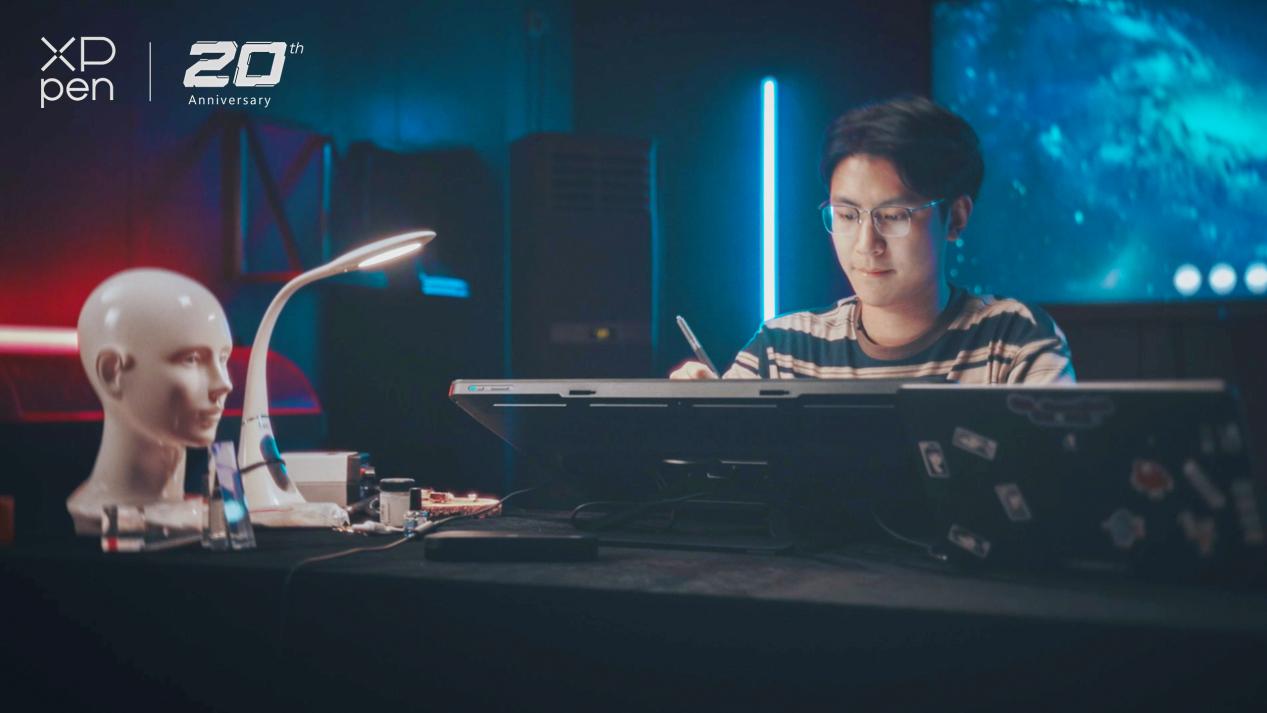
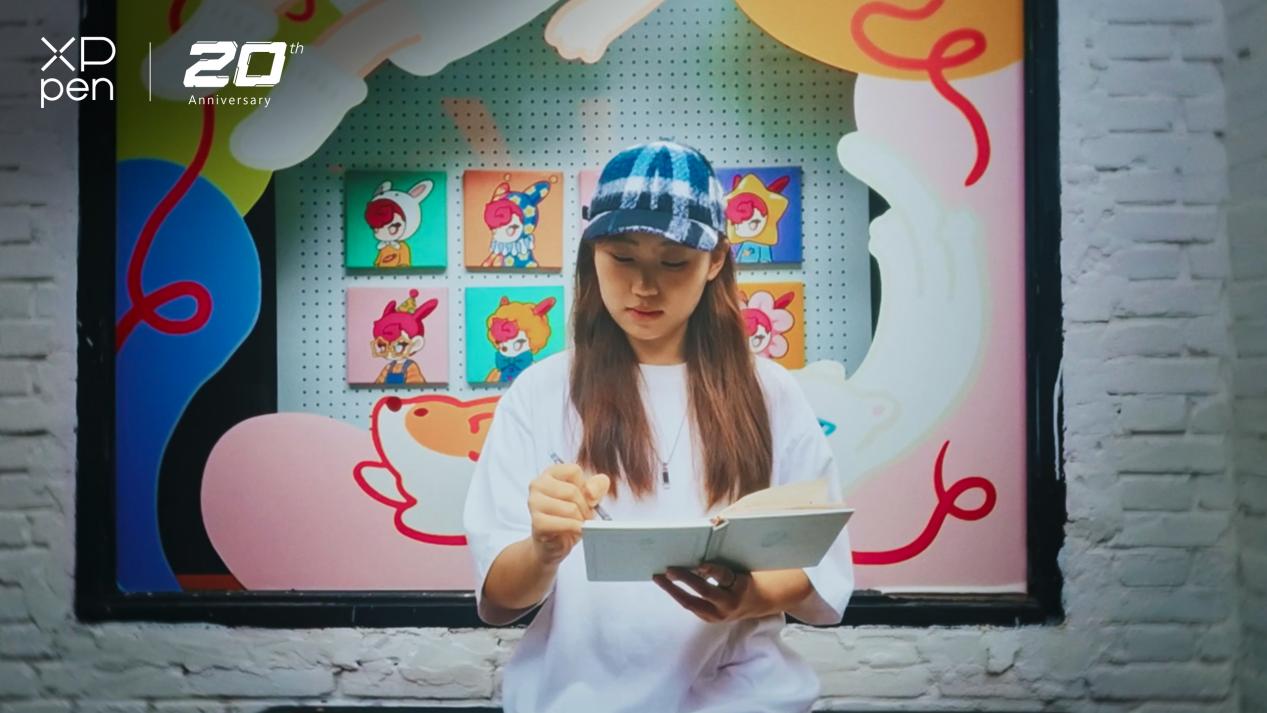
XPPen: After using the XPPen drawing display, what enhancements do you believe it brings to your jewelry design process?
Jinmei Wang: I think the configuration of the XPPen Artist Pro 24 (Gen2) provides a clearer experience, allowing us to see our design details more vividly.
Tianyu Shao: Its color performance meet the needs of our jewelry design, as even slight color variations can affect the final price estimation. In this regard, our digital drawing tools perfectly meet our requirements. Its 16K pressure levels enable us to express our creation more fluidly and smoothly.
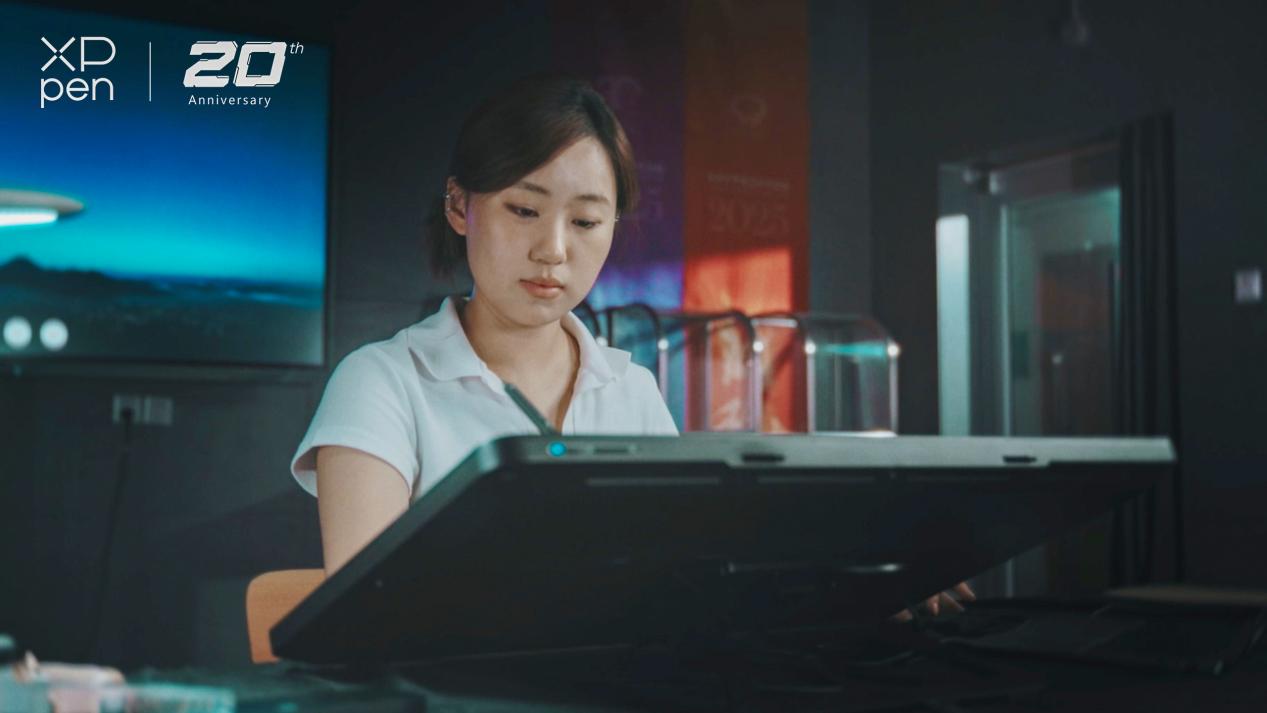
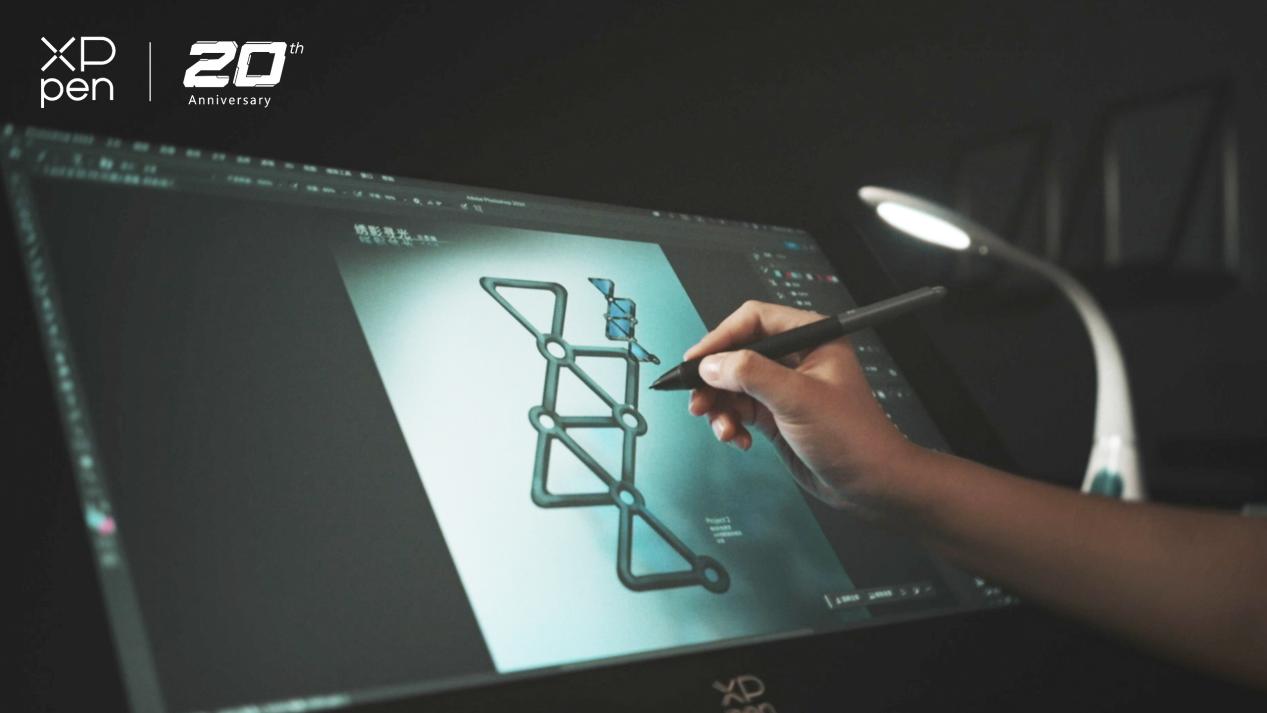
XPPen: Do you have any messages for XPPen on its 20th anniversary?
Prof. Dong: I wish for XPPen to thrive like my students. May XPPen navigate the next 20 years with determination, actively seizing and creating the future. Collaborate with more artists and designers to create exciting works that inspire the next generation to pursue their dreams.
Yu Zhang: Happy 20th birthday! I look forward to you bringing inspiration to more creators' pen tips in the next 20 years, allowing dreams to shine through sketches and helping many creators realize their aspirations.
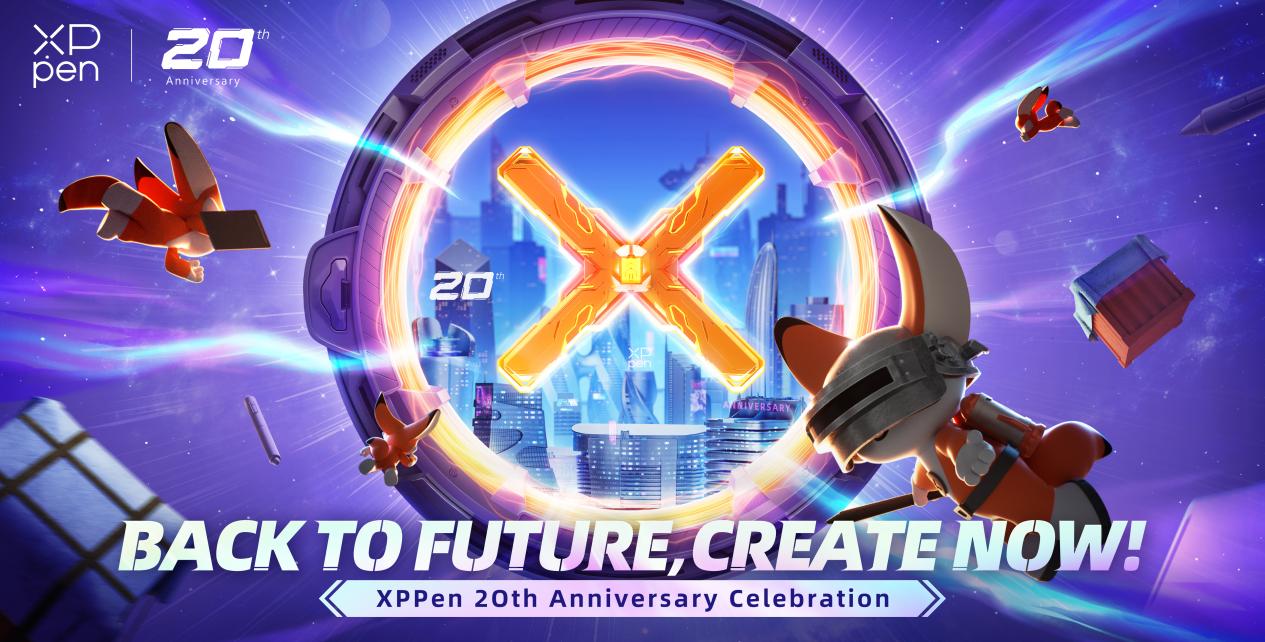
Future Trends in Jewelry Design
XPPen: As trends are cyclical, what aspects of traditional jewelry design do you believe are worth continuing and promoting today?
Prof. Shao: Traditional jewelry is akin to a wearable history of civilization. Each piece reflects the unique cultural phenomena of its time. Therefore, in our design process, we should attune ourselves to the pulse of the current era, capturing the commonalities of contemporary demands. Traditional jewelry will evolve with new technologies, materials, and forms of expression.
XPPen: What do you think futuristic jewelry design should look like?
Prof. Dong: Futuristic design must be diverse, as information technology and artificial intelligence are reshaping our world in increasingly multifaceted ways. Under this trend, the physical and virtual worlds are deeply integrating and developing together. We can categorize emerging design phenomena to grasp their directions: First, the emergence of new forms represented by artificial intelligence; second, the introduction of new product categories in smart wearable technology; third, the rise of parametric design forms based on digital generation technologies; and fourth, the research and application of new materials through 3D printing and service applications. These trends are revolutionizing our established perceptions. For me, futuristic design embodies limitless possibilities, while jewelry design emphasizes empowerment and the uniqueness of physical gender. Thus, futuristic design will expand the meanings and forms of jewelry design, while still expressing the beauty of new creations and the significance of human existence.
Jinmei Wang: I believe that future jewelry design will increasingly focus on making interactivity the new essence. For instance, creating sliding tracks with movable gemstones or adaptable wearing styles, and incorporating flexible components that can be disassembled. Moreover, a prominent trend will be dematerialization, where many things will be expressed in a simplified language, geometrizing traditional patterns or simplifying them to form an innovative, more futuristic design language.
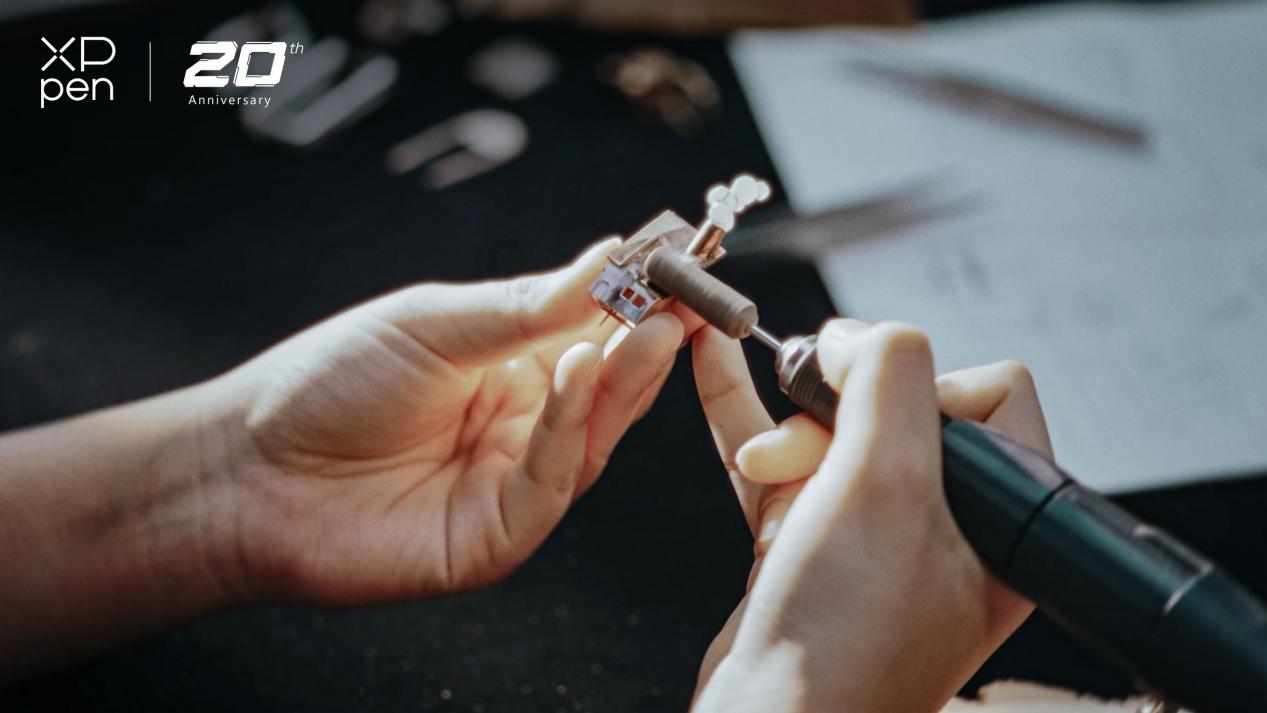
XPPen: What kind of jewelry design do young people prefer? How do their psychological and spiritual needs differ from the past?
Yu Zhang: Firstly, personal expression takes precedence over wealth symbolism. People are more concerned with what their jewelry says about who they are, the paths they’ve walked, and their cultural and aesthetic tastes in jewelry, rather than simply displaying wealth as in the past. Secondly, emotional resonance outweighs material value; individuals prioritize the transmission and expression of feelings over the mere acquisition of materials.
Tianyu Shao: I think young people today are more focused on whether their jewelry resonates with their emotions. When choosing styles, they consider whether the jewelry reflects their state of mind and feelings, which diversifies our market. They emphasize the importance of conveying their emotions and styles, leading our market toward greater specialization.
XPPen: In the broader commercial context of jewelry, what role do technologies like virtual try-on, AR technology, holographic displays, and 3D printing play in the industry?
Prof. Dong: For example, with virtual try-on apps, consumers can now experience jewelry fitting through virtual systems. At virtual jewelry design exhibitions, visitors can interact with exhibits using AR and VR technologies, witnessing how their images blend with virtual jewelry. The current young student demographic we engage with places significant emphasis on virtual jewelry, often centering their designs around characters from video games and creating IP-derived jewelry pieces based on them.
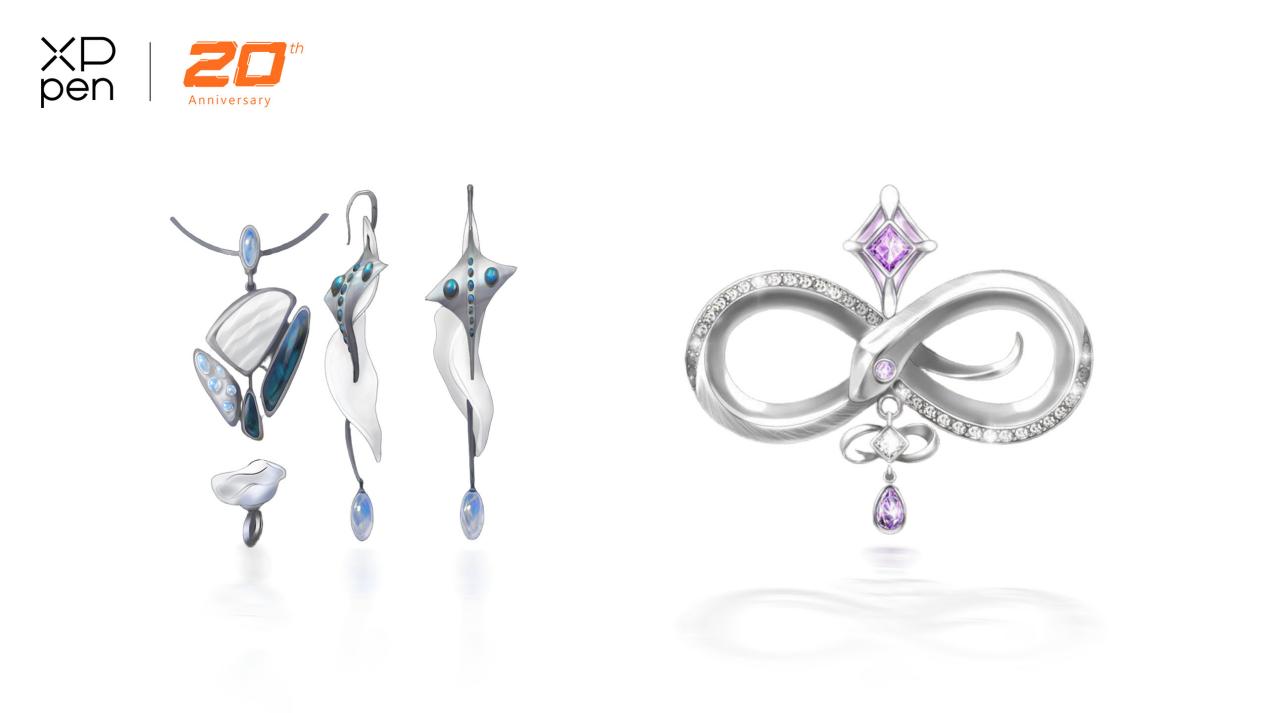
The Creative Process
XPPen: How do you usually gather inspiration for your creations?
Jinmei Wang: I believe inspiration is not a passive occurrence; it's an active process of choosing and reorganizing. I tend to question everyday objects, such as a retractable umbrella, and consider whether similar structures could be applied in jewelry design. I believe inspiration is all around us, and I extract design keywords from ordinary items, integrating them into the jewelry design language.
XPPen: How did you conceptualize this futuristic jewelry design proposal?
Tianyu Shao: First, in terms of materials and craftsmanship, I used titanium, a vibrant and lightweight metal, along with 3D-printed ceramics to achieve more complex structures. Second, I chose a butterfly design, symbolizing the transformation of our new technologies and ideas in this new era, while also emphasizing everyone's personal journey in pursuit of their dreams.
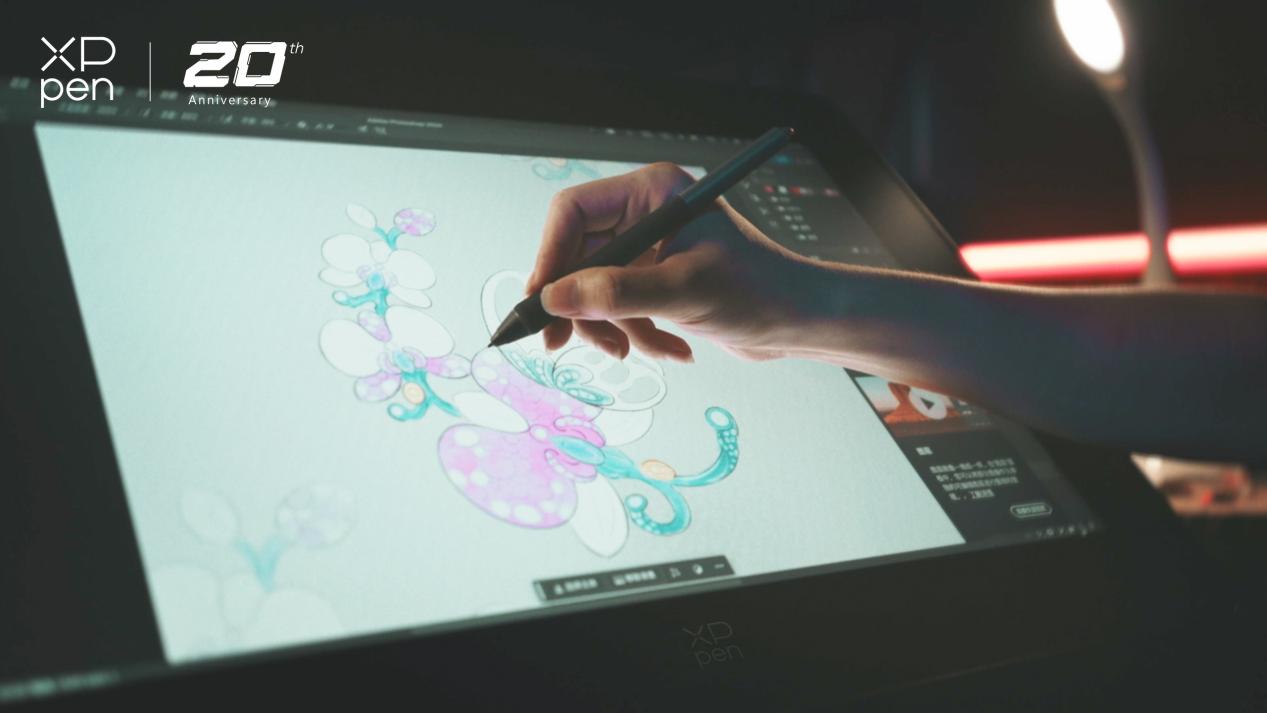
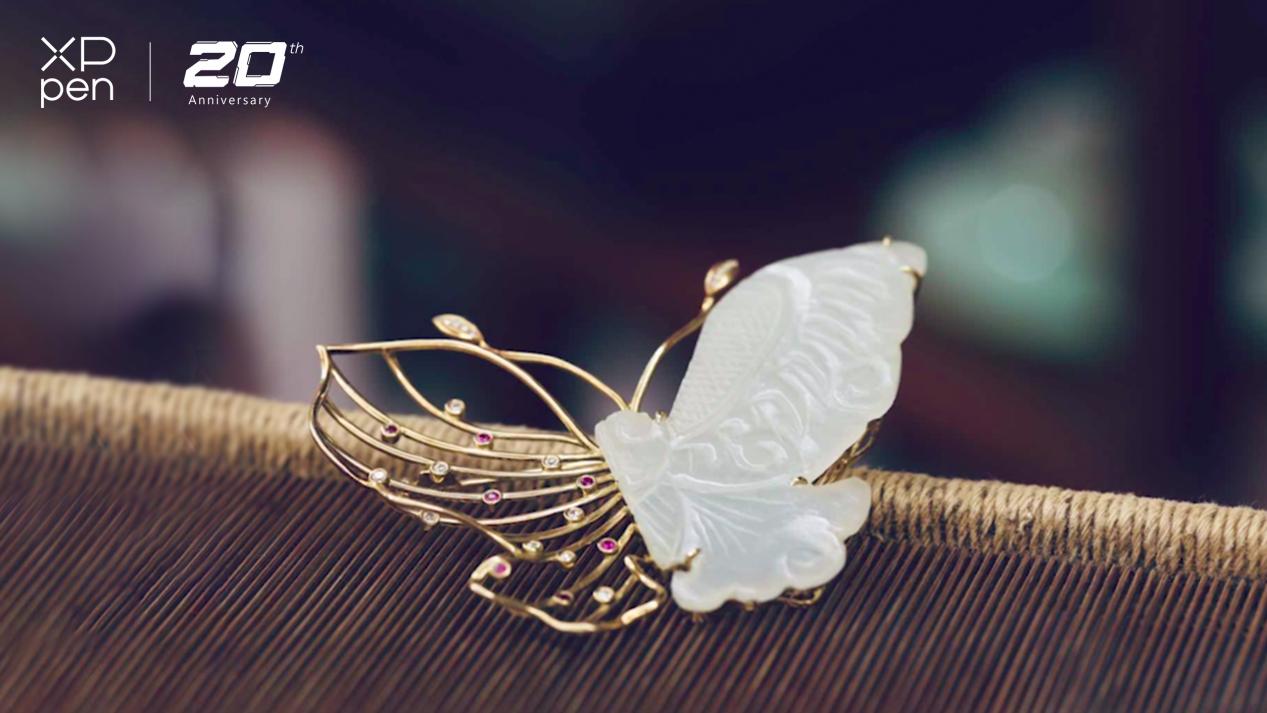
XPPen: What advice do you have for young creators looking to enter the field of jewelry design?
Yu Zhang: First, be a friend of time. Constantly accumulate knowledge, whether in craftsmanship or cultural understanding. Jewelry is not something that can be rushed; it requires a long-term mindset. Second, passion is the core methodology for everything; when you invest your heart and energy, you will yield the best results. Lastly, embrace this era. In a rapidly changing technological landscape, we must embrace these tools rather than resist them, allowing technology to enhance our work.